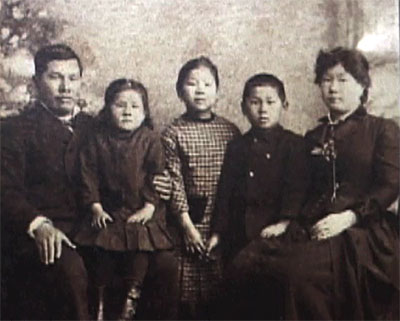The Treaty of Paris was a surprise and angered the Philippines. Filipino nationalists
were aggravated at the arrogance of the imperial powers to bargain away their recent independence for the price of U.S $20million without even discussing with Filipinos prior to the engagement. La Independencia , a newspaper published in Manila by a revolutionary, General Antonio Luna, stated that "people are not to be bought and sold like horses and houses. If the aim has been to abolish the traffic in Negroes because it meant the sale of persons, why is there still maintained the sale of countries with inhabitants?"
There were many ill feelings and tension was growing between the American troops in Manila and the people surrounding the capital at the time. The annexation was proving to cause m
ajor problems. The Filipinos felt betrayed because they had fought the Spanish in hope that America was there to liberate them, then leave rather than stay and make bargains with Spain. The Americans did not trust the Filipinos at the time because of the hostility felt by the Filipino towards Americans. The United States had "Anti Filipino," feelings which resulted in raids and revolts.
As a result of this, the United States had to endure battle with Philippines. Aguinaldo’s guerilla fighters put the United States through a much more bloody and difficult conflict than the Spanish American war. Nonetheless, the force of Americans was too difficult for the Filipinos to overcome and many Filipinos were still injured. The United States ended the revolt on March 23, by capturing General Aguinaldo and forcing him to take an oath of loyalty to retire and lead no more revolutions with a pension as payment itself.
This event is a type of racism. The fact that the United States bought the Philippines with the assumptions that the Philippines is a country unable to govern itself is racist. In other words it is a example of Hegemony, or how America exerted its cultural dominance over the Philippines without even informing them. The United States justification is that they were on a “civilizing mission,” meaning that they were doing what they thought would help civilize the Philippines.
http://www.youtube.com/watch?v=OcDtiaxwykk



























